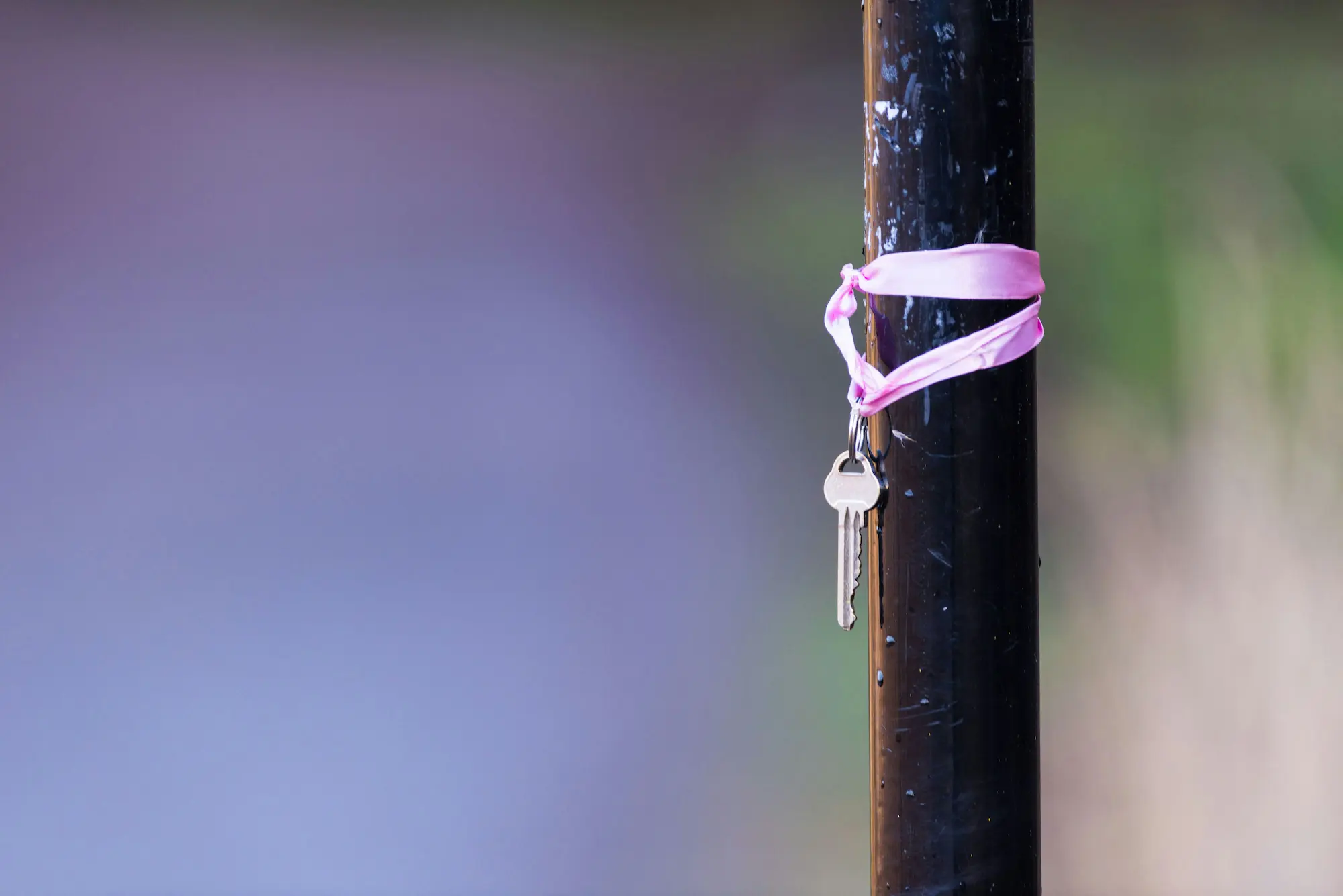Freehold Property
Definition: A freehold property is one where the buyer owns both the building and the land it stands on indefinitely. Ownership is usually transferred without time limitations, granting the owner control over the property.
Key Features:
- The owner keeps the property until deciding to sell.
- Modifications, renovations, or developments are allowed, following local regulations.
- No rent payments to landlords or leaseholders are required.
- Value may increase due to perpetual ownership.
- Generally more expensive than leasehold properties.
- The owner handles all maintenance and repairs.
Leasehold Property
Definition: A leasehold property involves ownership of the property for a specified period, as outlined in the lease agreement. The land on which the property stands remains owned by the freeholder (landowner), and the leaseholder must adhere to the terms set by the freeholder.
Key Features:
- Leases vary from short to long-term or indefinite, with ownership reverting to the freeholder when the lease ends.
- Leaseholders typically pay ground rent and may contribute to service charges.
- Significant property alterations usually require the freeholder’s approval.
- Generally, leasehold properties have a lower initial cost than freehold ones.
- Some maintenance responsibilities may be held by the freeholder.
Predominantly Leasehold Properties
In certain regions, leasehold properties are the norm, especially where land ownership is tightly controlled or land is scarce.
Singapore: In Singapore, most residential properties are sold as leaseholds, typically with 99-year leases. The government owns the land, and long-term leases allow for urban planning and development control. This approach ensures land remains under state control while allowing residents to enjoy homeownership for a significant period.
Hong Kong: Similarly, Hong Kong operates largely on a leasehold system, with the majority of land owned by the government. Leases are often for 50 years, with the option for renewal. This system maximizes land use efficiency in one of the world’s most densely populated regions.
United Kingdom: In the UK, both freehold and leasehold properties are common, but leaseholds are particularly prevalent for flats. New regulations have been introduced to address issues around unfair leasehold practices, such as exorbitant ground rents.


